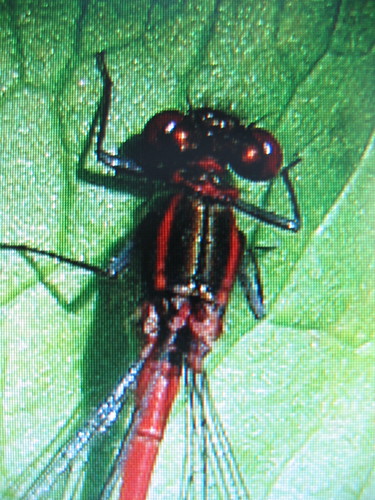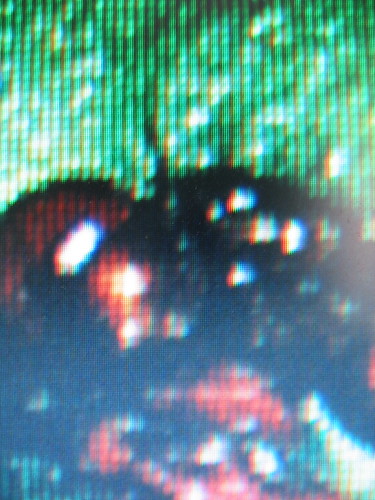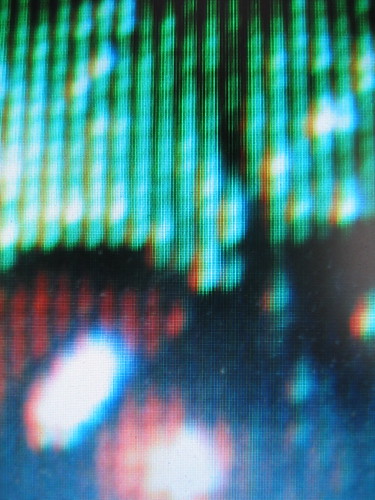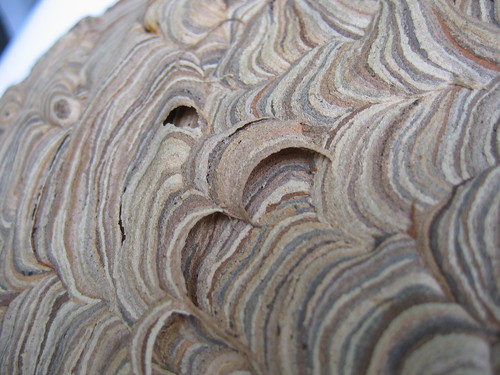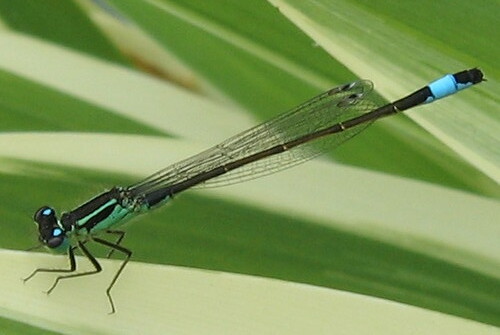We finally had enough sun to make photography a bit easier. Here’s another wasp nest close-up. It’s striking how different the colours look on a sunnier day.
Tag: insects
Flies, again.
A little while back I was talking about the extraordinary number of insect species just within the UK, and I said:
What I find staggering about these numbers is that it implies there are so many different evolutionary niches available for such apparently similar creatures. Even the 51 species of mayfly are slightly mind-boggling, but how can there possibly be 6900 different ways of successfully being a fly?
Well, there are 6900 separate answers to that question, but here’s just one (typical?) example. They’re found a new species of fly in Scotland. “The tiny black Christii fly measures just 2mm long and lives under the bark of dead aspen trees.” But not, presumably, living aspen trees. Or dead willow trees.
Although I guess that just begs the question “what is so specialised about their behaviour that they can only live in such a narrowly-defined habitat?”
Flies, flies and more flies.
Someone posted this photo of a scorpionfly to the Flickr group ID Please:
Which reminded me of something I said a week or so ago.
I take a casual interest in insects and other invertebrates, but one thing you quickly realise is that they’re really hard. I first really appreciated this when, quite pleased with myself for recognising something as a ’scorpionfly’, I tried to look it up in a book and discovered there are something like 28 species just of scorpionflies in the UK.
Well, it turns out I was misleading you. There are only four species of scorpionfly in the UK. There are however 51 species of mayfly, 33 species of stonefly, and 189 species of caddisfly. And 158 species of thrip, 627 lice, 1709 bugs, 2400 species of butterfly or moth, 3900 beetles and 6900 true flies. Notice the numbers start getting suspiciously round for the bigger groups.
What I find staggering about these numbers (from Buglife) is that it implies there are so many different evolutionary niches available for such apparently similar creatures. Even the 51 species of mayfly are slightly mind-boggling, but how can there possibly be 6900 different ways of successfully being a fly?
I guess a lot of insects are specialised to a particular food source – for example most caterpillars only eat specific food plants and parasites usually have specific hosts, whether animal or plant. So that means every plant or animal species is in turn a potential opportunity for yet another species of insect.
I wonder how useful the lanaguge of ‘niches’ is anyway. It rather implies that each niche can only hold one species, that if two species are in direct competition for the same resources, one of them must inevitably lose out. I don’t know if that’s necessarily true; for example, if two geographically separated populations of a species evolved to look different, so that they would no longer interbreed, but kept living in essentially the same way (filling the same niche), and then the two populations mixed again, would one inevitably out-compete the other, or might they just live alongside one another?
Perhaps usually, the niches wouldn’t be quite identical anyway, and would just be heavily overlapping – the two species would be competing for some things but not others. Does that make a difference? Does it make it more likely that they would achieve a stable mixed population? I don’t know.
I assume evolutionary theorists have thought about these issues; I don’t know what conclusions they’ve reached.
Another damselfly
Also available super-big on Flickr
